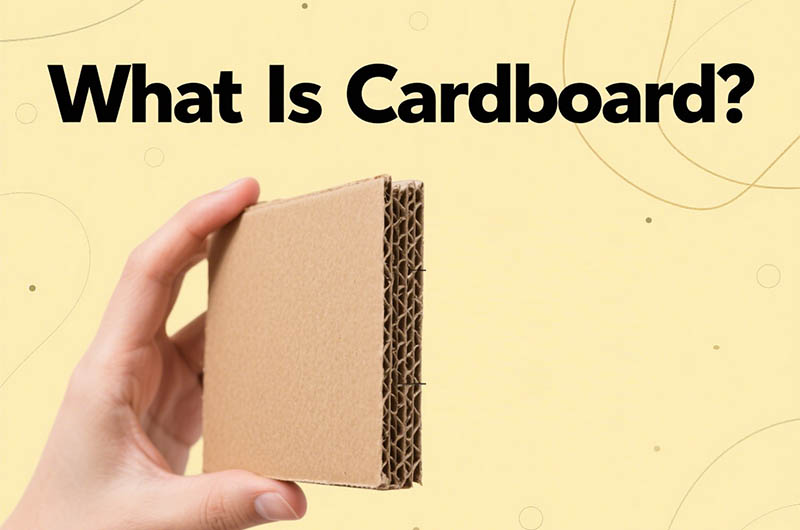Cardboard, a versatile and widely used material in various industries, is often praised for its durability, affordability, and eco-friendly nature. But what exactly is cardboard, how is it made, and what are its practical applications—especially when processed by a Die Cutting Machine? Let's dive into the world of this essential material.
Cardboard refers to a heavy-duty paper product with a thickness and stiffness that sets it apart from regular paper. Typically ranging from 200 to 600 grams per square meter (gsm), it offers superior strength and rigidity while remaining lightweight. Unlike corrugated cardboard (which has a fluted middle layer), the term "cardboard" here mainly refers to solid, flat sheets such as white cardboard, gray-board, or kraft cardboard. It provides a stable base for printing, cutting, and shaping, making it ideal for both functional and decorative purposes.

Cardboard is primarily manufactured from wood pulp, a natural fiber derived from trees like pine, spruce, or hardwoods such as eucalyptus. The production process involves several steps:
Cardboard's adaptability makes it a staple in countless industries, and when paired with a Die Cutting Machine, its applications become even more diverse and precise.
Packaging: Cardboard is the go-to material for creating boxes, cartons, and trays for products ranging from food and cosmetics to electronics. Its rigidity protects items during transit, while its printable surface allows for branding and information display.
Printing: Posters, brochures, greeting cards, and book covers often use cardboard for their sturdy, professional appearance.
Art and Craft: Artists and DIY enthusiasts use cardboard for sculptures, model making, and scrapbooking due to its ease of cutting and shaping.
A Die Cutting Machine takes cardboard's utility to the next level by precisely cutting it into custom shapes, sizes, and even three-dimensional forms:
Custom Packaging: The machine can cut cardboard into intricate box designs—think luxury gift boxes with magnetic closures, folding cartons with locking tabs, or hexagonal packaging for unique product presentation. It can also create precise slots and scores for easy assembly.
Labels and Inserts: Die cutting produces sharp, consistent labels for bottles, jars, or product shelves. It can also craft cardboard inserts that hold items securely in place, such as dividers in electronics packaging or cushioning for glassware.
Decorative Elements: For the retail and event industries, die-cut cardboard can become elegant paper flowers, intricate table centerpieces, or pop-up cards. The machine's precision ensures detailed designs that would be impossible by hand.
Industrial Components: In manufacturing, die-cut cardboard is used for gaskets, spacers, and protective liners in machinery. Its cost-effectiveness and customizable thickness make it a practical alternative to plastic or metal in some cases.
Educational Tools: Die-cut cardboard puzzles, alphabet letters, or geometric shapes are popular in schools and toy-making for their safety and durability.
Cardboard is far more than just a basic packaging material—it's a canvas of possibilities, especially when enhanced by modern tools like the Die Cutting Machine. From its humble origins in wood pulp to its transformation into intricate, functional products, cardboard demonstrates how a simple material can drive innovation across industries. Its sustainability, affordability, and versatility ensure that it will remain a key player in packaging, design, and manufacturing for years to come. Whether you're creating a luxury box, a creative craft, or a practical industrial part, cardboard proves that even ordinary materials can achieve extraordinary uses with the right technology and imagination.
GET A QUOTE